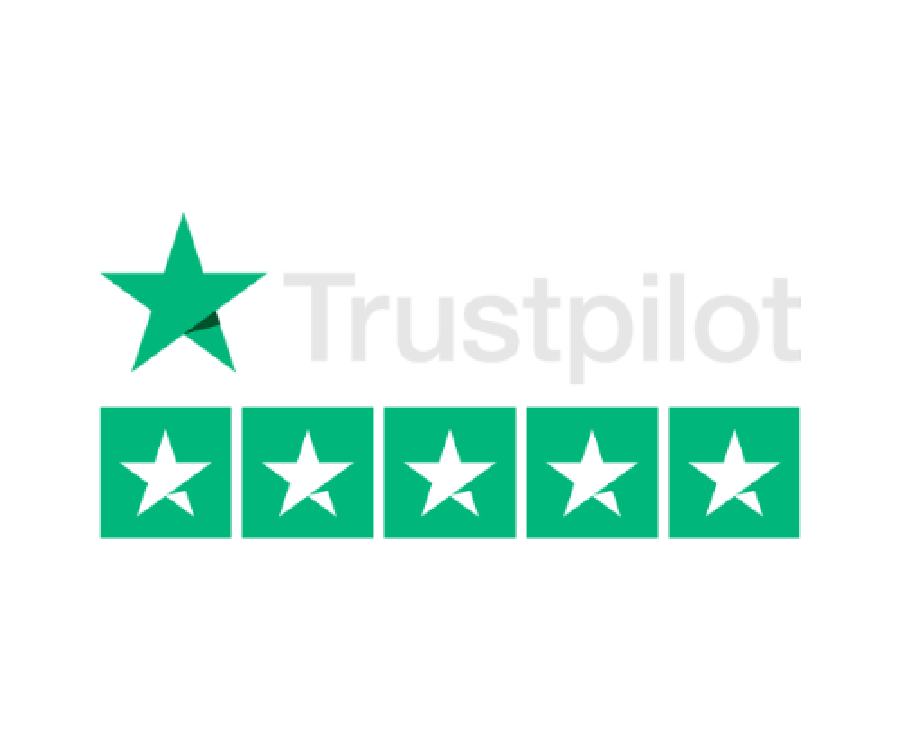Term: Site Map
Definition: A Site Map is a model of a website’s content designed to help both users and search engines navigate the site.
Alternative Names: Website Map, Site Index
Expanded explanation: A Site Map provides a hierarchical layout of the pages within a website, outlining the site structure and showing how different pages relate to one another. It can take the form of an XML document designed for search engines or a visual representation for users.
Benefits or importance: Site Maps are crucial for improving a website’s SEO as they allow search engines to crawl and index the site more efficiently. They can also enhance user experience by providing an organised overview of a website’s content, especially among large, complex websites.
Common misconceptions or pitfalls: One common misconception is that a Site Map alone can improve a website’s search ranking. While it does aid in search engine crawling, it is just one aspect of SEO. Another pitfall is neglecting to keep a site map up-to-date as the website evolves.
Use cases: Site Maps are used when designing a new website or redesigning an existing one, to provide a clear layout of the site’s structure. They are also used by SEO professionals to improve site indexing.
Real-world examples: A digital agency may create a Site Map for a client’s new e-commerce site, with different sections for products, blog posts and company information, each with their own subcategories.
Best practices or tips:
- Make sure your Site Map is easy to understand and logically organised.
- Regularly update your Site Map as your website evolves.
- Create both a user-friendly Site Map and an XML Site Map for search engines.
Limitations or considerations: A Site Map is just one part of website design and SEO strategy. It’s also important to consider user experience, content quality, on-page SEO and other factors.
Comparisons: A Site Map can be compared to a table of contents in a book, providing a structured outline of the content. However, unlike a table of contents, a Site Map also communicates the relationship between different pages.
Historical context or development: Site Maps have been used since the early days of the web, helping users navigate complex sites. With the rise of SEO, their role in aiding search engine crawling and indexing has also become crucial.
Resources for further learning:
Related services:
- Web Design Services: Creating a clear and effective Site Map is a crucial part of our web design process, ensuring a website that’s both user-friendly and optimised for search engines.
- Web Development Services: Our experienced professionals can help to come up with winning strategies to develop your website and take it to the next level.
- SEO Services: We’ll help your website to perform better on search engine results pages (SERPs).
Related terms: XML Site Map, Website Structure, SEO, Web Design








